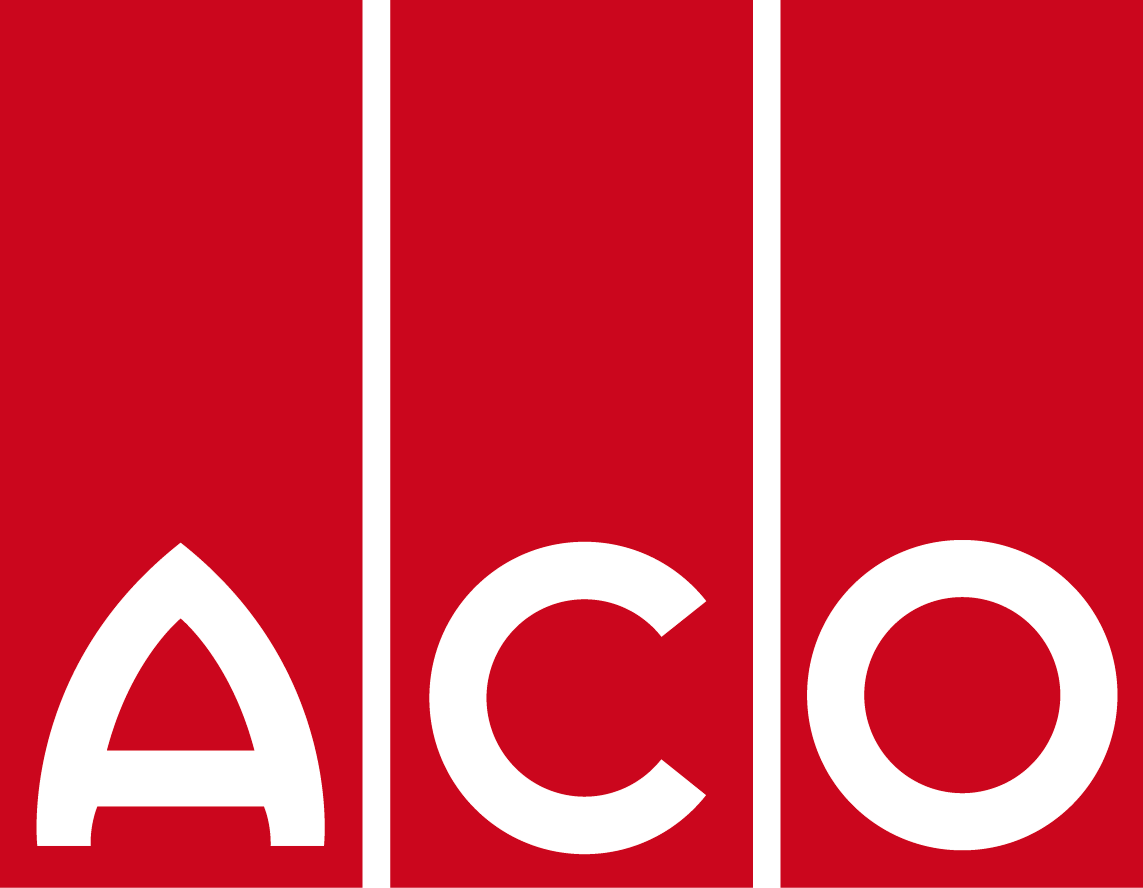Choosing the right system
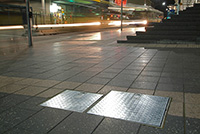 The following steps take you through the key decisions in selecting the correct pit/ surface ducting and cover combination.
The following steps take you through the key decisions in selecting the correct pit/ surface ducting and cover combination.
Cable runs often traverse through different urban environments. Specific consideration needs to be given to each individual enclosure.
For an introduction to cable enclosures, click here.
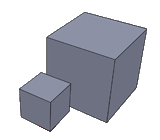 Size
Size
The correct pit/surface ducting channel size must be selected – each of the following aspects of cable management need to be reviewed to choose the right width, length and depth of enclosure.
Important factors include:
- Minimum depth coverage for cables
- Purpose of pit
- Is segregation of cables required?
- Will the pit be used for storage?
- Other criteria
Location
 a. Traffic & Loading
a. Traffic & Loading
- Traffic – where enclosures are located in vehicular or non vehicular areas and where the possibility of non-deliberate traffic in non-vehicular areas exists.
- Loading – load standards are a tool to enable an objective comparison of products by providing an independent measurement scale.
b. Durability
- To ensure a long life, enclosures, according to their intended location, must be selected on the basis of their materials and installed correctly.
Important to note:
- Pits positioned along a cable route can typically cause various types of load scenarios.
- Each pit location should be individually considered
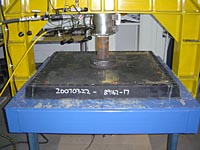 Loadings
Loadings
Choose the right cover and frame to withstand the anticipated type and frequency of traffic. ACO’s covers are certified to AS 3996 loadings.
AS 3996 – Clause 1.1 Scope*
“This Standard specifies requirements for access covers and grates for use in vehicular and pedestrian areas. It applies to single or multi-part access covers & grates, where any single cover does not exceed 1300mm clear opening. This Standard covers products manufactured from grey and ductile iron, cast and manufactured steel, aluminium, concrete and polymeric materials.”

NATA Certification
As part of ACO’s continuous product development and commitment to quality, ACO has NATA certified testing equipment (Licence no. 15193), operated by fully trained and certified technicians.
In practice, there are a number of key factors affecting a cover’s resistance to load:
- Type of traffic - pedestrians, cars, trucks, forklifts etc. crossing the cover. For trolleys and forklifts particularly, consider the weight of loads being carried.
- Frequency of traffic - more frequent traffic may require a heavier load class.
- Speed of traffic - fast moving traffic can intensify the load effect on the cover.
- Position of cover - if the cover is positioned where traffic will be turning, braking or if the cover is installed at the bottom of a ramp, it will be subjected to extreme forces. Selecting the right cover and frame is essential.
- Wheel type - solid tyres exert loads through smaller contact areas than pneumatic tyres. A heavier duty cover may be required.
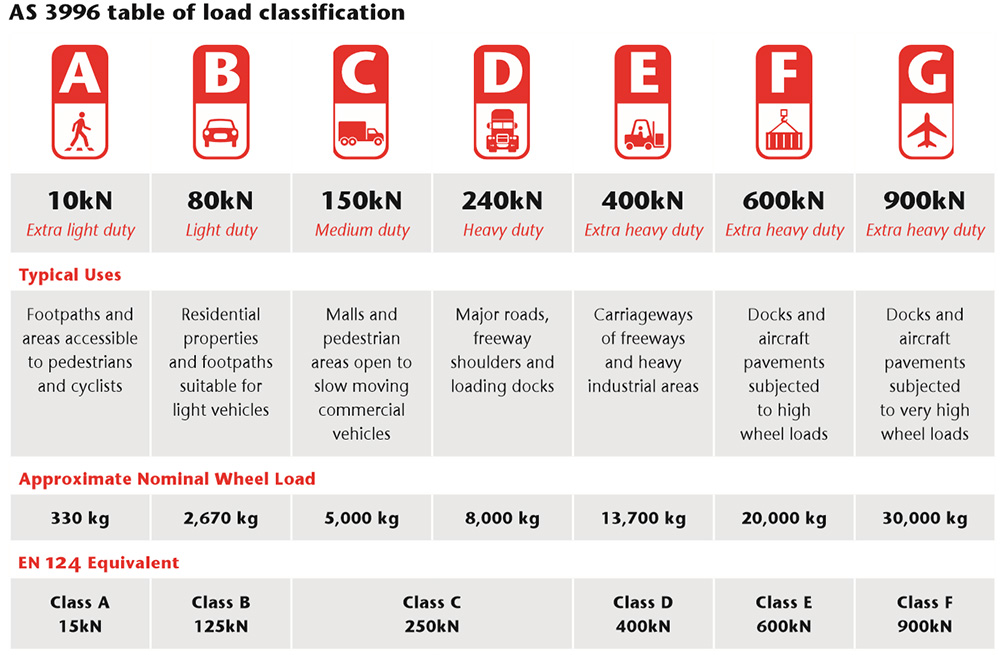
 Safety & Security
Safety & Security
Cable enclosures must not only facilitate overpassing foot or vehicular traffic, but also protect humans and livestock against physical contact with potentially live parts through accidental contact, unauthorised access and injury from on-site manual handling.
Additionally, the contents of an enclosure must be adequately protected from the ingress of water and foreign matter.
Important factors include:
- Level of security required
- Minimising the chance of damaged cables making lids live
- Earthing of pits
- Slip resistance
- Ingress of foreign matter
- Manual handling
- Water ingress
Site & User Requirements
 a. Installation & Maintenance
a. Installation & Maintenance
The correct method of installation is critical for an enclosure’s long term performance and structural integrity. Consideration must be given to ease of authorised access to the enclosure.
b. Aesthetics & Identification
- Should the cover be discreet and match the pavement surface?
- Do contents need to be distinguished from other services?
- Are there other unique requirements?
Important factors include:
- Encasement
- Conduit entry
- Accessories
- Access
- Visual continuity
- Pit marking
CPD training
In today’s ever-changing construction industry, it has never been more important to ensure you are up to date with current industry regulations, practices, trends and innovations.
With a series of free Continuing Professional Development (CPD) and industry specific courses, we provide essential learning and knowledge to construction professionals, ensuring you can undertake professional development when and where you need it.
Continuous professional development is a commitment required by chartered bodies to develop your career and encourage lifelong learning. Some courses have been accredited by professional associations such as Engineers Australia (EA), Australian Institute of Landscape Architects (AILA) and Architectural Information Services (AIS).
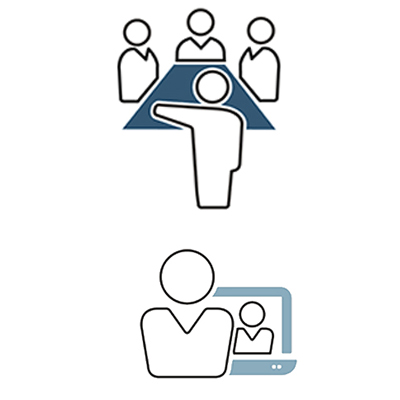
Click here to view all courses.
